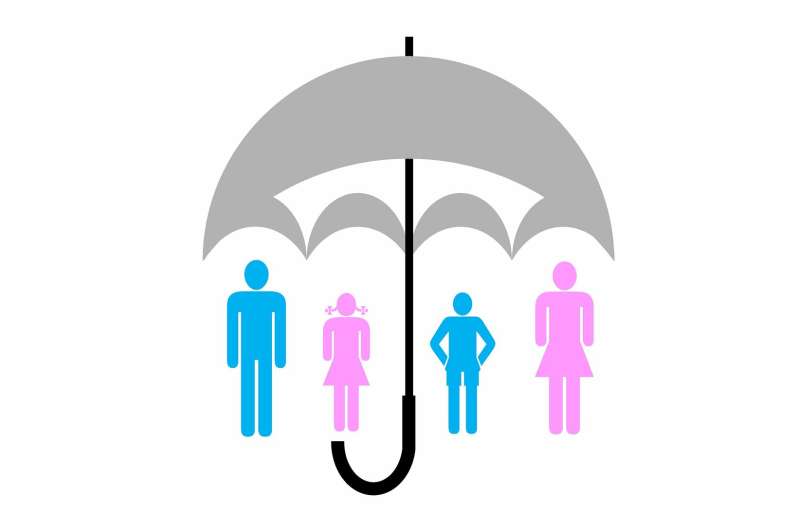Debunking Common Myths About Allergy Remedies: Insights from Experts

Learn the truth behind common allergy remedies and myths with expert insights. Discover effective treatments and misconceptions about allergies to better manage your symptoms.
As the seasons shift, many people experience more than just seasonal excitement; they often face allergy symptoms that can significantly impact their daily lives. From sneezing and itchy eyes to nasal congestion and fatigue, allergies can turn what should be a fresh start into a persistent challenge.
Allergy triggers are diverse, encompassing substances like pollen, certain foods, medications, pet dander, insect stings, and even materials such as latex. Despite the prevalence of allergies, there are many misconceptions about effective remedies and management strategies.
Joao Pedro Lopes, an assistant professor of pediatrics at Case Western Reserve University School of Medicine and a specialist in allergy and immunology, shares his expertise to clarify some of these myths.
Myth 1: Commercial food sensitivity tests can accurately diagnose food allergies or intolerances
This is false. Many over-the-counter tests claim to identify food allergies, but their validity is unproven. For managing actual food allergies, modern treatments include biologics like omalizumab, which helps prevent accidental ingestion issues, and oral immunotherapy (OIT), a protocol aimed at desensitizing patients, especially children, to specific allergens.
Myth 2: Not reacting to pollen in the past means you will never develop allergies to it
Environmental allergies can develop at any time. A person might become allergic to pollens they previously tolerated. Seasonal pollen levels fluctuate, with tree pollens prevalent in spring, grasses in summer, and weeds in fall. Knowing local pollen counts through apps can help allergy sufferers prepare and manage symptoms.
Myth 3: Once allergic, always allergic
This is not always the case. Some food allergies, like milk and eggs, can be outgrown, especially in childhood. However, allergies to nuts and environmental pollen often persist, although symptoms might become more manageable over time with proper treatment.
Myth 4: Take allergy medication only when symptoms appear
In many cases, preventive medication helps reduce the severity of symptoms. Proactive treatment, including avoidance strategies, antihistamines, nasal sprays, and immunotherapy, can be more effective than waiting for symptoms to develop.
Myth 5: Natural remedies like local honey cure allergies
Scientific evidence supporting honey as an allergy cure is inconclusive. Raw honey should be avoided in infants under one year due to botulism risks. In some cases, honey containing pollen might worsen allergy symptoms.
Myth 6: Some dog breeds are hypoallergenic
Most dog allergies are related to skin dander, saliva, and urine, not shedding. The idea of hypoallergenic dogs is a myth; unless a dog has no skin, true hypoallergenicity is unlikely.
Myth 7: Allergy shots are unsafe and obsolete
Allergy immunotherapy remains a safe and effective treatment when administered under professional supervision. They are especially beneficial for pet and pollen allergies, providing long-term relief for many patients.
By understanding the realities behind these myths, allergy sufferers can make informed decisions and seek appropriate treatment options. Always consult with a healthcare professional for personalized advice.
Source: https://medicalxpress.com/news/2025-06-allergy-remedies-professor-debunks-myths.html
Stay Updated with Mia's Feed
Get the latest health & wellness insights delivered straight to your inbox.
Related Articles
Breakthrough AI-Powered Imaging Enhances Visualization of Retinal Cells
Duke University researchers have developed an AI-driven retinal imaging system that provides faster, more detailed visualization of retinal cells, enhancing early diagnosis of neurological and eye diseases.
Millions Face Loss of Healthcare Coverage Due to Stringent Reenrollment Policies on HealthCare.gov
A new study highlights how burdensome reenrollment policies on HealthCare.gov are leading to significant coverage loss among millions of Americans, risking increased uninsured rates.
Innovative Fungal Vaccine Shows Promise for Human Trials
A new vaccine developed by researchers at the University of Georgia shows promising results in preventing fungal infections in mice, paving the way for human clinical trials to combat rising antifungal resistance.
Molecular Insights into Comorbidities in People Living with HIV: A Big Data Approach
A groundbreaking big data study uncovers molecular mechanisms driving comorbidities in people living with HIV, opening new avenues for targeted therapies and personalized medicine.



